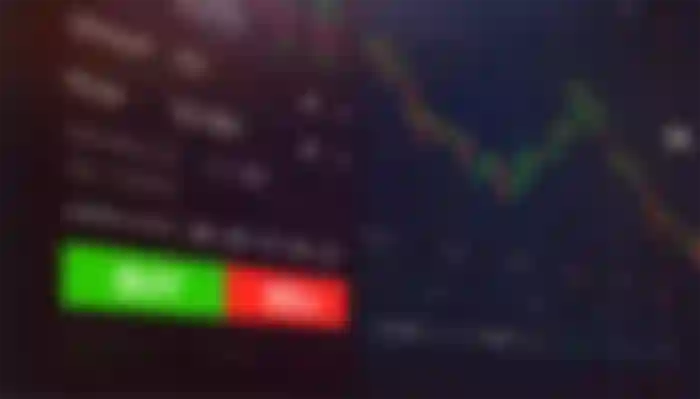The future of forex trading you make Million
An In-Depth Guide to Forex Trading: Strategies, Risks, and Rewards
Introduction

Forex, short for foreign exchange, is the world's largest financial market, where currencies are bought and sold. It operates 24 hours a day, five days a week, making it an attractive option for traders worldwide. In this article, we will delve into the world of forex trading, exploring its fundamentals, strategies, risks, and potential rewards.
Understanding Forex Trading
Forex trading involves the exchange of one currency for another with the aim of profiting from fluctuations in exchange rates. Traders speculate on whether a currency will strengthen (appreciate) or weaken (depreciate) against another. The most commonly traded currencies are the US Dollar (USD), Euro (EUR), Japanese Yen (JPY), and British Pound (GBP).
Key Players in the Forex Market
1. Retail Traders: Individuals and small investors form the majority of retail traders. They access the market through online trading platforms provided by brokers.
2. Institutional Traders: Banks, financial institutions, and multinational corporations trade forex to facilitate international business and manage currency risk.
3. Central Banks: Central banks intervene in the forex market to stabilize their domestic currencies or implement monetary policies.
Forex Trading Strategies
1. Technical Analysis: This strategy involves analyzing historical price charts and patterns to predict future price movements. Traders use indicators like Moving Averages, Relative Strength Index (RSI), and Fibonacci retracements.
2. Fundamental Analysis: Traders using this approach evaluate economic indicators, geopolitical events, and news releases to gauge a currency's intrinsic value.
3. Sentiment Analysis: It focuses on market sentiment and trader positioning. Contrarian investors often go against the crowd, assuming that when sentiment becomes extreme, reversals are likely.
Risk Management
Forex trading carries inherent risks, and it's crucial to manage them effectively to protect your capital:
1. Stop-Loss Orders: These predefined orders automatically exit a trade when a specified price level is reached, limiting potential losses.
2. Risk-Reward Ratio: It's important to set a ratio that ensures potential profits are greater than potential losses for each trade.
3. Diversification: Spreading investments across different currency pairs can help mitigate risk.
4. Trading Psychology: Emotional discipline is essential. Fear and greed can lead to impulsive decisions that result in losses.
Potential Rewards
Forex trading offers several potential rewards:
1. Liquidity: The forex market is highly liquid, meaning traders can enter and exit positions with ease, even in large volumes.
2. Flexibility: Forex operates 24/5, allowing traders to choose when to participate, aligning with their schedules.
3. Leverage: Forex brokers often provide leverage, allowing traders to control larger positions with a relatively small amount of capital.
Conclusion
Forex trading can be a rewarding endeavor for those who approach it with knowledge, discipline, and a clear strategy. However, it's important to remember that it carries inherent risks, and losses are possible. It's advisable to start with a solid education, practice on demo accounts, and only invest what you can afford to lose. Success in forex trading requires continuous learning, adaptability, and risk management.
